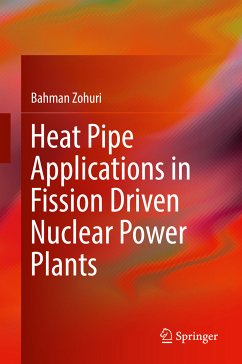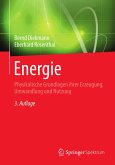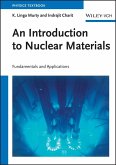This book presents a new and innovative approach for the use of heat pipes and their application in a number of industrial scenarios, including space and nuclear power plants. The book opens by describing the heat pipe and its concept, including sizing, composition and binding energies. It contains mathematical models of high and low temperature pipes along with extensive design and manufacturing models, characteristics and testing programs. A detailed design and safety analysis concludes the book, emphasizing the importance of heat pipe implementation within the main cooling system and within the core of the reactor, making this book a useful resource for students, engineers, and researchers.
- Describes the benefits, uses, and challenges related to heat pipe application;
- Contains case studies and examples to enhance practical application of the presented technologies;
- Presents innovative and unique solutions for safety enhancements.
Dieser Download kann aus rechtlichen Gründen nur mit Rechnungsadresse in A, B, BG, CY, CZ, D, DK, EW, E, FIN, F, GR, HR, H, IRL, I, LT, L, LR, M, NL, PL, P, R, S, SLO, SK ausgeliefert werden.
Es gelten unsere Allgemeinen Geschäftsbedingungen: www.buecher.de/agb
Impressum
www.buecher.de ist ein Internetauftritt der buecher.de internetstores GmbH
Geschäftsführung: Monica Sawhney | Roland Kölbl | Günter Hilger
Sitz der Gesellschaft: Batheyer Straße 115 - 117, 58099 Hagen
Postanschrift: Bürgermeister-Wegele-Str. 12, 86167 Augsburg
Amtsgericht Hagen HRB 13257
Steuernummer: 321/5800/1497
USt-IdNr: DE450055826
Bitte wählen Sie Ihr Anliegen aus.
Rechnungen
Retourenschein anfordern
Bestellstatus
Storno









